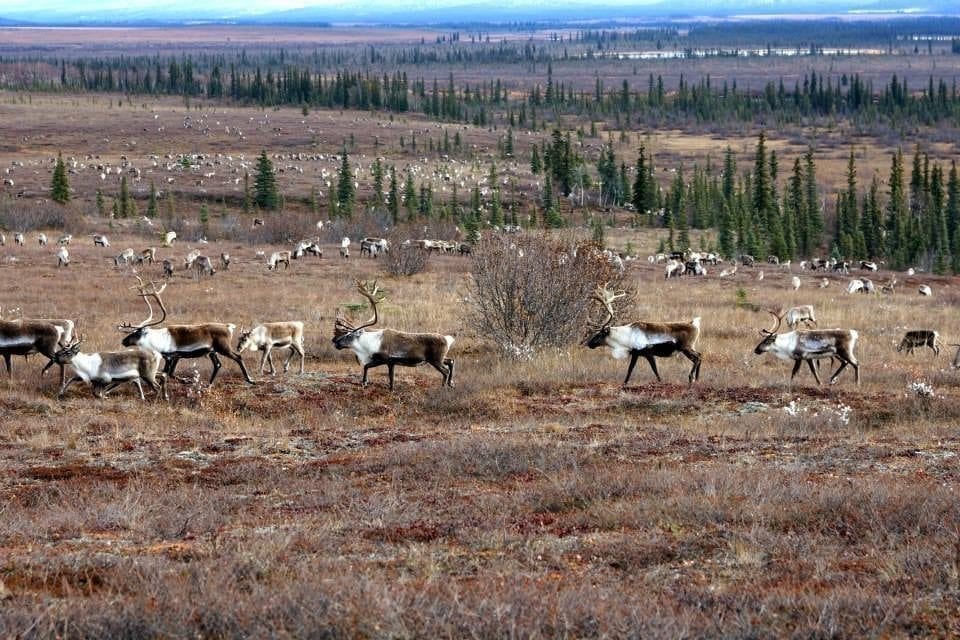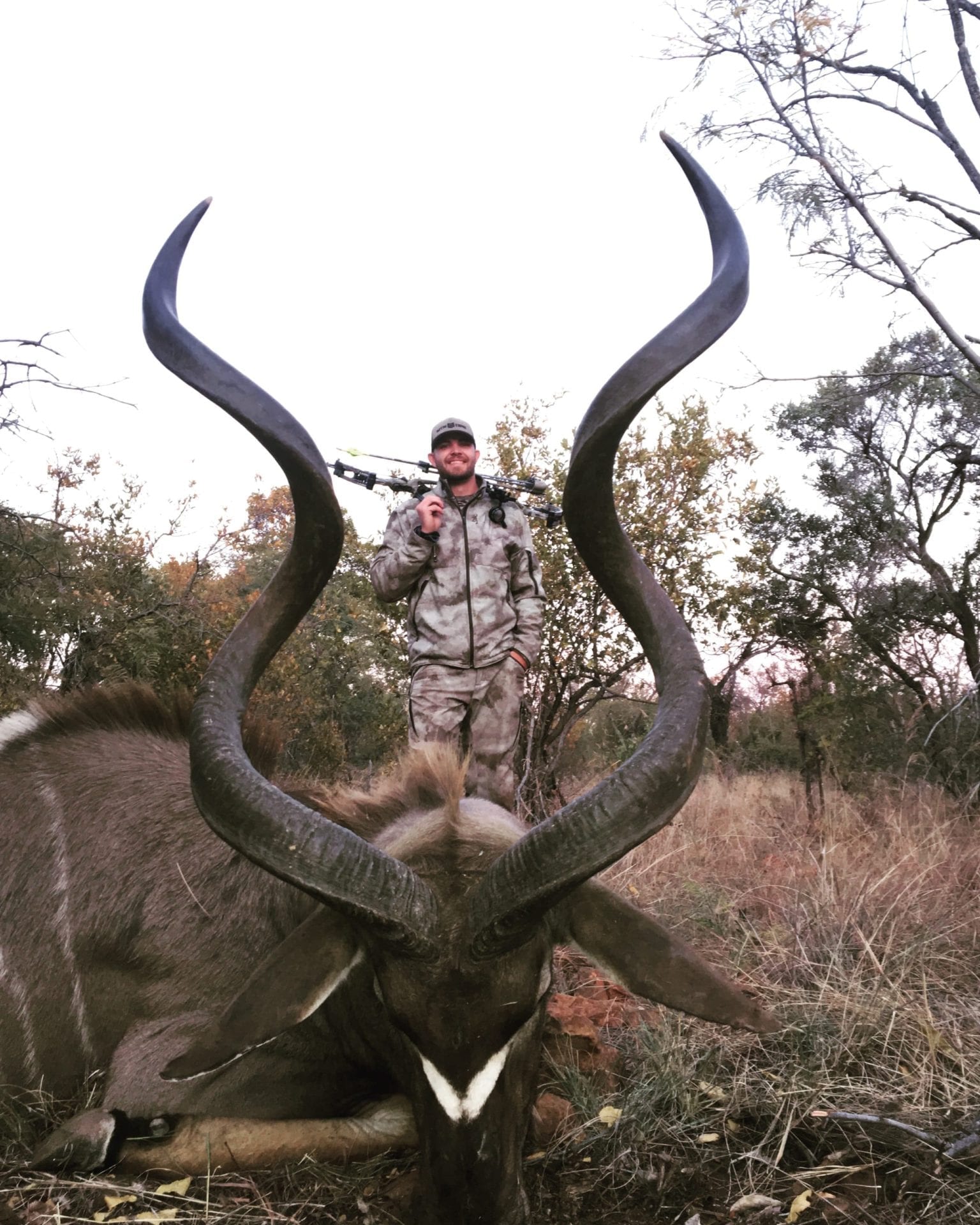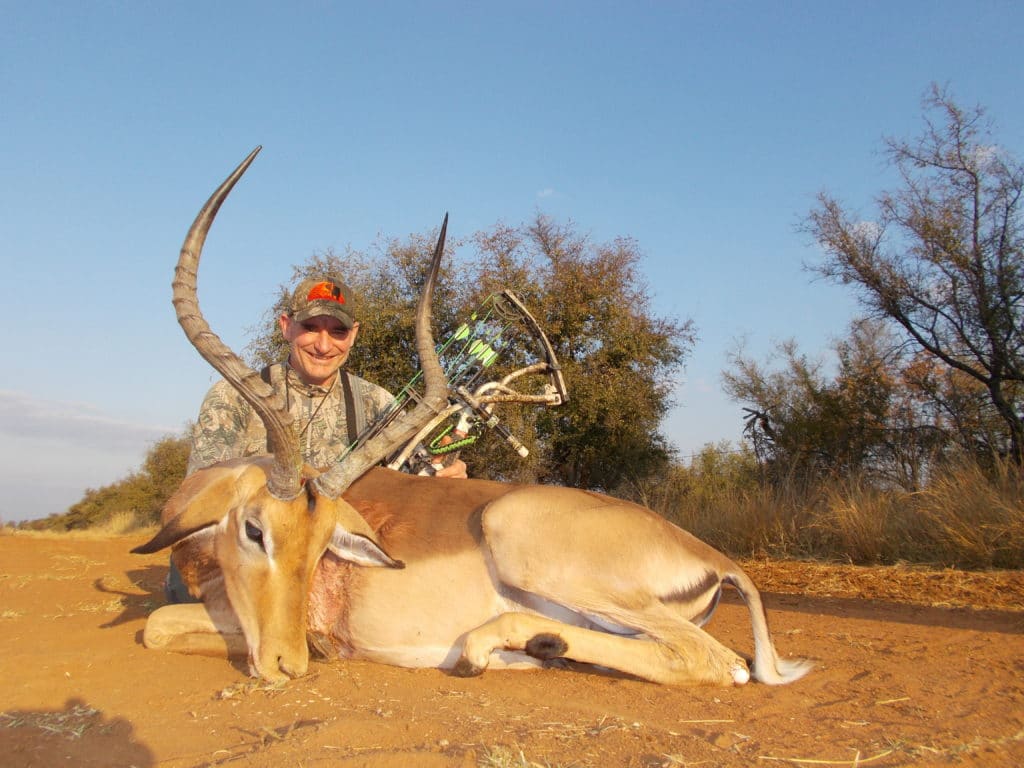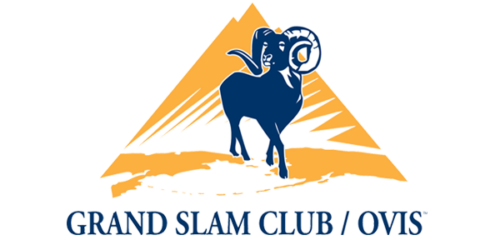Press Release: January 10, 2018
Contact: Alex Hansen, Wildlife Biologist, Kotzebue, (907) 442-1711
(Kotzebue)
After more than a decade of decline, Alaska’s Western Arctic caribou herd is showing signs of growth.
Counts of the Western Arctic caribou herd (the largest caribou herd in Alaska) completed recently from aerial photographs taken during last summer’s photos census tallied 239,055 animals, raising the total herd estimate to 259,000. That’s up from 201,000 caribou a year ago.
Alaska Department of Fish and Game biologists who track the Western Arctic caribou herd are encouraged by the uptick, but not surprised.
“We’ve seen positive indicators for the past few years and have been anticipating the rebound,” said Kotzebue-based wildlife biologist Alex Hansen.
“During the declining years, adult cow mortality was high and calf recruitment was low, but since 2015 we’ve observed a positive shift in survival and recruitment rates. With fewer productive cows exiting the population and an increased number of calves joining the herd things were bound to improve.”
Alaska’s caribou herds frequently experience cyclic highs and lows influenced by natural factors including range condition, weather, disease, and predation. The Western Arctic caribou herd most recent peak of 490,000 animals in 2003 was followed by years of steady decline. Numbers reached a low of 201,000 in 2016, leading state and federal subsistence managers to initiate hunting restrictions.
Accuracy of the 2017 Western Arctic caribou herd photos census was improved through implementation of a newly acquired digital photography system. The system supports higher flight altitudes and larger photo footprints that allow photography of large caribou groups that in the past might not have been photographable using the previous system. Its improved photo quality also allows for more precise counting.
“We believe the superior photo quality has led us to identify and count more calves than we did in the past; however, there is no doubt the herd increased between 2016 and 2017,” said wildlife biologist Lincoln Parrett.
The Western Arctic herd roams an area of about 157,000 square miles that includes many landowners and management entities. Caribou availability and abundance has largely shaped the heritage and traditions of Native Alaskans living in some 40 subsistence-based communities region-wide.
Live Like You Mean It
Contact Us
We've helped thousands of OI clients plan their adventures
Our team of professional consultants are ready to help you research, book and plan an amazing trip with one of our amazing outfitter partners around the world.
I didn't think an experience like this was possible.
This trip, was, for me at least not just a trip, for me it was a real adventure, a real experience. I love the wilderness and this trip afforded me the opportunity to connect with the Alaskan wilderness in ways very few people do. It was an experience I will never forgot in a place I can’t wait to get back to.Oliver Fischer
The outfitter handled everything perfectly.
We were thankful that Outdoors International hooked us up with a great outfitter because they were able to find us an acceptable alternate on short notice. Overall the two year process to get this float in was seamless and worry free. Just like it should be.Thank you, Stan Masneri
What an amazing experience!
The lodge was out of this world! Our rooms, the delicious food, the incredible wildlife and the scenery were amazing. Our photo safari guide was truly exceptional and had us on animals almost constantly. We saw over 30 different species and had some incredible up close experiences. Africa is amazing!Scott Navares
Copyright 2005-2025 © Outdoors International™ · All Rights Reserved.










